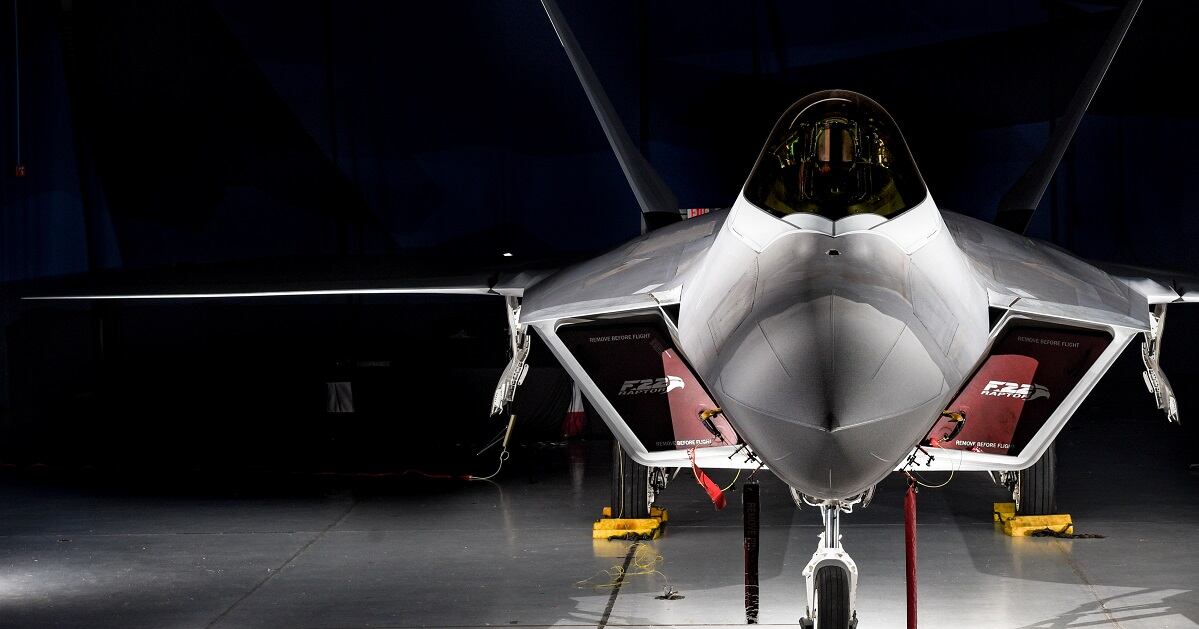Just six of the Air Force’s fleet of 62 B-1B bombers are now fully mission-capable, Gen. John Hyten told lawmakers Tuesday.
That equates to a readiness rate of a little less than 10 percent of the 62 Lancers the Air Force reported it had in fiscal 2018. That is far less than the 51.75 percent mission-capable rate reported for B-1s in the official mission-capable rates for 2018, suggesting that B-1s are in much worse shape than previously known.
“We saw issues in the B-1 because we’re just beating the heck out of them, deploying them, deploying them,” Hyten told the Senate Armed Services Committee during his nomination hearing to be vice chairman of the Joint Chiefs of Staff. “And so we had to pull back a little bit and get after fixing those issues, and the depots can do that if they have stable funding.”
Hyten said that five of those mission-capable B-1s — which he called “the workhorse of the Air Force today” — are split between Ellsworth Air Force Base in South Dakota and Dyess Air Force Base in Texas. Another is a test aircraft, Hyten said.
Fifteen additional B-1s are in depots for maintenance, Hyten said, and the remaining B-1s “are down for a variety of discrepancies and inspections” at Ellsworth and Dyess.
Military.com reported in April that Air Force Global Strike Command head Gen. Timothy Ray told reporters that the service had “overextended” the B-1 in deployments to the U.S. Central Command area of responsibility, or the Middle East.
RELATED

Typically, Ray said, the Air Force would commit about 40 percent of a particular bomber or other combat aircraft to deployments, not counting aircraft in depot maintenance, Military.com reported. Instead, he said, the Air Force has committed 65 to 70 percent of its B-1s for more than a decade.
“So the wear and tear on the crews, the maintainers, and certainly the airplane, that was my cause for asking us to get out of the CENTCOM fight,” Ray said.
The House Armed Services seapower and projection forces subcommittee warned in June that B-1 readiness was in dire straits. In their markup of the House’s version of the fiscal 2020 defense policy bill, the lawmakers said the United States’ long-range strike capabilities “may be placed at increased risk by aging structural problems with the B-1,” and that the Lancer wasn’t getting the resources and attention it needed.
That subcommittee said the number of fully mission-capable aircraft had fallen into the single digits, and B-1 aircrew were being diverted to other aircraft because there aren’t enough Lancers for the training they need.
The Air Force has grounded the B-1 fleet twice recently — once last June, and again in late March — over problems with its ejection seats.
Stephen Losey is the air warfare reporter for Defense News. He previously covered leadership and personnel issues at Air Force Times, and the Pentagon, special operations and air warfare at Military.com. He has traveled to the Middle East to cover U.S. Air Force operations.





